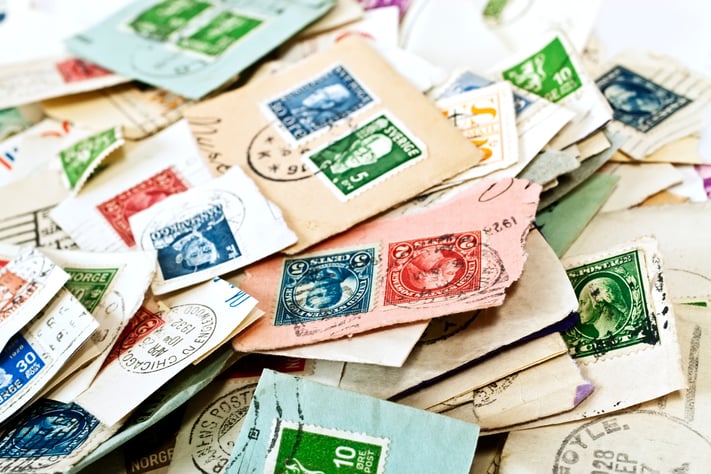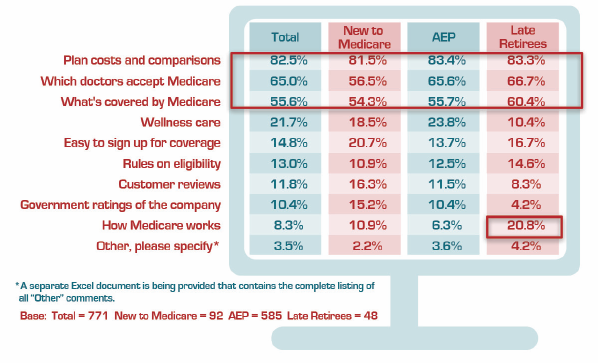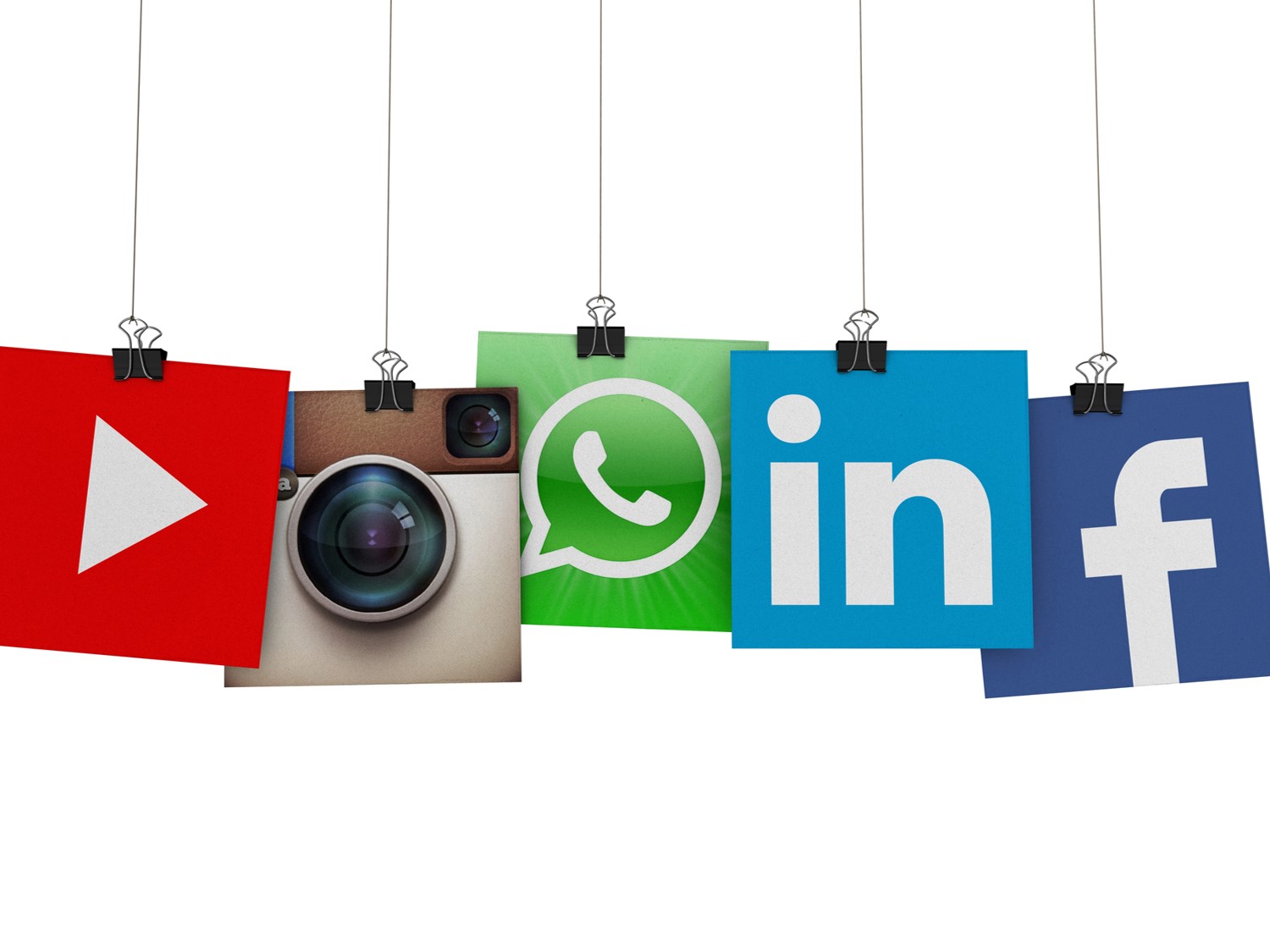Direct mail is a traditional marketing effort that uses a mail service to deliver a promotional printed piece to your target audience. On the other hand, online marketing is a form of marketing and advertising which uses the Internet to deliver promotional marketing messages to consumers. Online marketing spend is forecasted to account for 35% of total budgets in 2017.
Knowing how to implement tricks of the trade and best practices from direct mail marketing to help with online marketing success will prove advantageous in the success of your overall marketing campaign.

(1) Personalization is Key
Know your audience (and personalize as much as possible) to get the best ROI!
As with DM, web pages and other online mediums can also be designed to display content based on customer history. For example, geographic location, purchase history, and when a customer arrives at a website can all influence what is presented on the page.
(2) Your Call-to-Action is Key
As with direct mail, make sure your call-to-action is clear on any and all forms of your online advertising, from e-blasts to webpages, banner ads, etc.
The best calls-to-action are clear, compelling, varied, and repeated. Your DM piece (and/or online medium) must include effective calls-to-action (CTA). These have to be compelling to the recipient and clearly tell them what you want him or her to do. Repeat the CTA several times in a visually obvious way, since recipients often skim and may miss them.
(3) Make DM (or online) a Part of Your Overall Marketing Campaign
As with other campaign efforts, be prepared to send multiple waves of offers.
It takes at least four direct mail touches, plus layering in other channels, to get the results you are seeking. Additionally, integrate your direct mail efforts with online marketing, social ads, traditional marketing, etc.
(4) Provide Multiple Ways to Respond
To minimize friction and accommodate varied preferences, include as many ways as possible for recipients to respond to DM (and online marketing).
This can mean postage-paid postcards, coupons that can be used in-person and online, phone numbers for placing orders, and as many ways as possible to respond using a mobile phone—QR codes, URLs that guide recipients to an offer landing page, etc.
Additional Reads:





